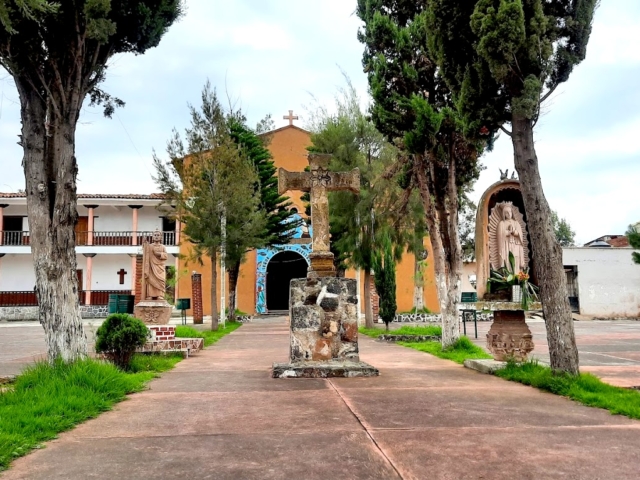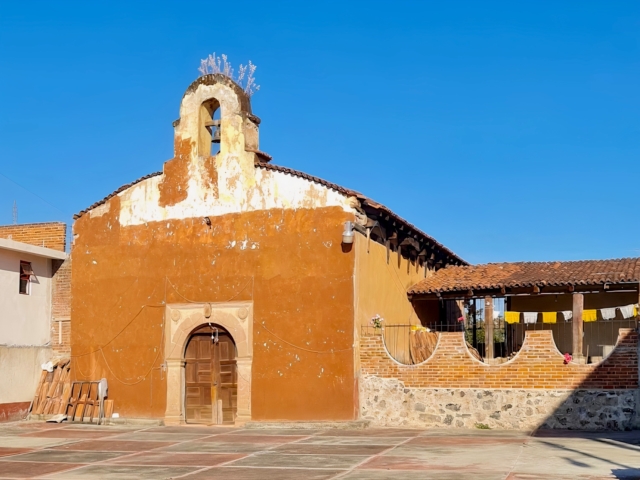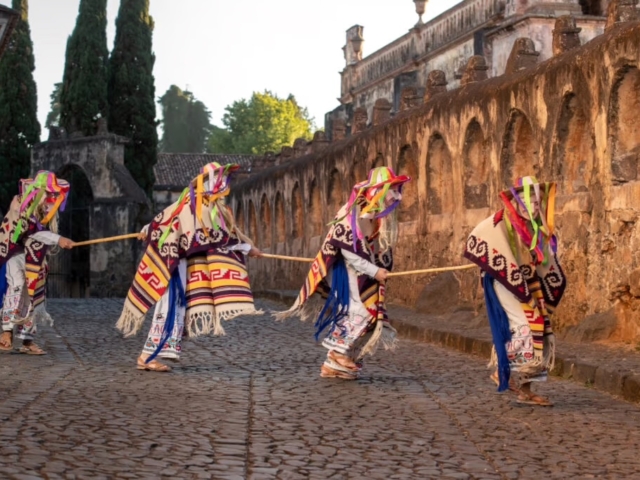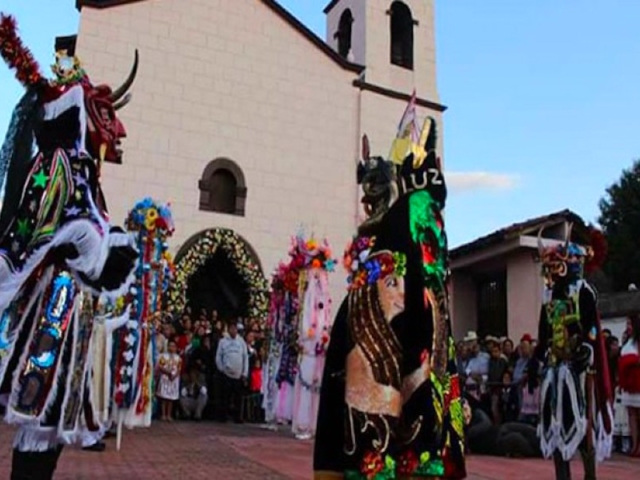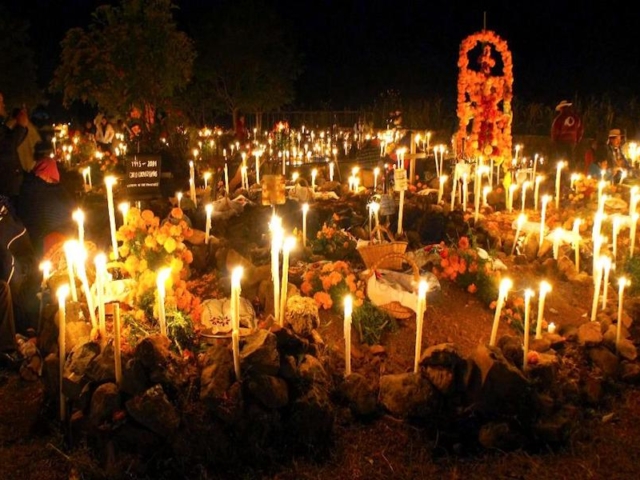Ubicación: Jarácuaro
Jarácuaro is a charming indigenous community with a rich history and culture. Its name, which in Purhépecha means “place where the goddess Xaratanga” is worshipped, the Moon Goddess, already gives us a clue to its spiritual heritage.
The history of Jarácuaro dates back to pre-Hispanic times, as it was founded around 550 CE and played an important role in the Purhépecha State. A prominent figure in this community is Tariácuri, a priest whose exploits and teachings have been passed down from generation to generation. It was an island in Lake Pátzcuaro, but natural and man-made desiccation integrated it into the land mass.
The community is famous for the dance of Los Viejitos, a tradition that symbolizes joy, resistance and wisdom, and which has gained worldwide recognition. Local festivities, filled with music, dance and rituals, keep traditions alive and strengthen the sense of belonging among its inhabitants.
In addition to its rich Purépecha culture, Jarácuaro is famous for its production of handicrafts, especially palm hats, which are an essential piece of local identity, textiles and ceramics, which reflect its creativity and tradition, although it is mainly supported by agriculture, thanks to its fertile soils that allow the cultivation of corn, beans, wheat and vegetables. Livestock farming also plays an important role.
The surroundings of Jarácuaro, close to Lake Pátzcuaro and with a temperate climate, are ideal for agriculture and fishing, which complement the local diet and enrich the daily lives of its inhabitants.
The Temple of San Pedro in Jarácuaro is a notable example of 16th century religious architecture. Built by the Franciscans, this temple has been a focal point of the community since its founding. With a simple but imposing façade and a bell tower, this building reflects the style…
Ver másThe Nativity Chapel in Jarácuaro is a historic building dating back to the 17th century. It was built as part of a complex that included the temple and the Huatapera, a colonial hospital. The chapel has been restored on several occasions, and although it has undergone modifications, it remains an important…
Ver másThe Dance of the Old Men is a cultural tradition deeply rooted in the lake region of Michoacán, Mexico, especially in places such as Jarácuaro, where it originated, Tzintzuntzan and Pátzcuaro. Originally, in pre-Hispanic times, this dance was performed by the town elders to celebrate the changing of the seasons in the…
Ver másSe bendicen las velas de la Candelaria, destinadas a mitigar las calamidades de la vida e implorar la asistencia de la Madre de Dios en el trance de la muerte.
Ver másOur tradition of commemorating the dead is one of the most beloved and widespread in our country. It has an eminently religious character that not only has Christian foundations taken from the custom of “honouring the faithful departed”, but also retains many of the characteristics of the funeral ritual practiced…
Ver más
